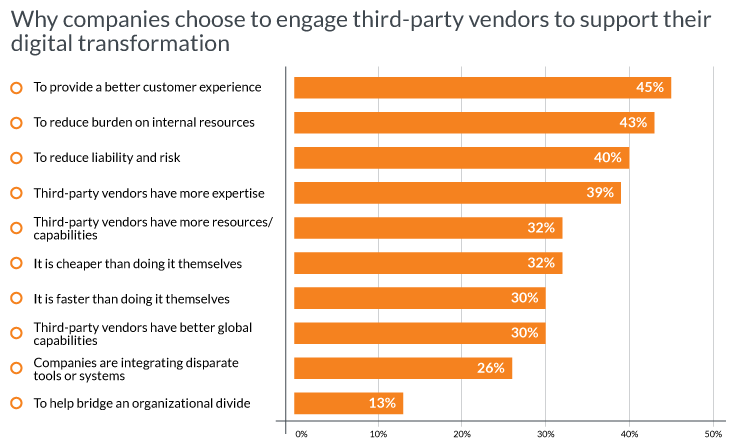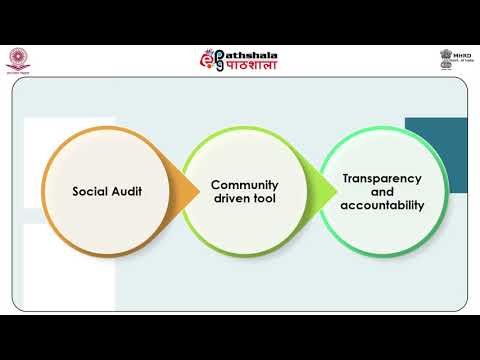
Two primary categories of accounts are defined as time deposit accounts and demand deposit accounts. It can be worthwhile to understand the differences between a demand deposit vs. time deposit account. A demand deposit is money that you deposit into a bank account from which you can withdraw ondemand, at any time without any advance notice to the bank. Common examples of accounts that are often demand depositaccounts include many checking and savings accounts. Out of all the types of deposits, cash deposits in a checking account are the most common and most accessible.

Research finds apartments present extra challenges for waste production, collection, sorting and disposal – Phys.org
Research finds apartments present extra challenges for waste production, collection, sorting and disposal.
Posted: Thu, 02 Mar 2023 19:38:49 GMT [source]
The banks may decide the interest rates after approval from RBI and within the limits fixed by RBI. If a person has NRE account and wishes to transfer to FCNR, it is permissible without prior approval of the RBI. These accounts are generally for short-term use as opposed to savings accounts which are long-term. Also, interest rates are higher when you deposit more money into your savings account. ClearTax offers taxation & financial solutions to individuals, businesses, organizations & chartered accountants in India.
Introduction of Demand Deposit
A checking account is one of the most common types of demand deposits. It offers the greatest liquidity, allowing cash to be withdrawn at any time. The checking account may earn only zero or minimal interest since demand deposit accounts involve minimal risk.
A time deposit or term deposit is a deposit in a financial institution with a specific maturity date or a period to maturity, commonly referred to as its “term”. Time deposits differ from at call deposits, such as savings or checking accounts, which can be withdrawn at any time, without any notice or penalty. Deposits that require notice of withdrawal to be given are effectively time deposits, though they do not have a fixed maturity date. A savings account is the most popular type of demand deposit account. However, if you do not abide by these rules, you would attract charges from the respective banks.

Demand Deposit is a bank account that allows the depositor to withdraw funds on demand without any advance notice to the bank. It provide the funds user needed to purchase household expenses or daily expenses. The depositor can withdraw amount any time from a depository institution and there is no limit on a number of transactions a depositor can do in these accounts . This accounts allows joint owners of a single DDA, where each owner has to sign in order to open the account. While if the account needs to be closed, only one of the owners is required. Once your deposit account reaches maturity after the specified term, you can withdraw the money you deposited initially, along with interest earned.
Demand Deposits Meaning
Full BioSuzanne is a content marketer, writer, and fact-checker. She holds a Bachelor of Science in Finance degree from Bridgewater State University and helps develop content strategies for financial brands. Anderson is CPA, doctor of accounting, and an accounting and finance professor who has been working in the accounting and finance industries for more than 20 years. Her expertise covers a wide range of accounting, corporate finance, taxes, lending, and personal finance areas. It could legitimately be used for some payment you have authorized.
- Well, this is usually found in USAA banks, There would be many reasons behind this.
- Common examples of accounts that are often demand depositaccounts include many checking and savings accounts.
- All investments involve risk, including the possible loss of capital.
- Also, interest rates are higher when you deposit more money into your savings account.
You can withdraw the funds in form of the cash or to pay for something at any time, without giving the bank notice or incurring a penalty, or paying fees. They offer the utmost convenience for getting cash or transferring funds to another account or another party. For example, checking accounts give customers debit cards, checks, and the option to pay bills or transfer money over the internet.
How a Demand Deposit Works
One of the most popular types of demand deposits is a checking account. A bank holds the customer’s money in the checking account, but gives the customer ways to easily use or withdraw the funds. As an account owner and customer, you usually will not see the phrase “time deposit” used as the name of an account. However, some banks call their certificates of deposit time deposit accounts, and some use the names time deposit and CD interchangeably in their marketing and online presence. Some banks or credit unions may also refer to these accounts as term deposits.
Rules have changed since then and now it’s legal for https://1investing.in/ deposit accounts like checking accounts to earn interest. This makes the main difference between NOW accounts and demand deposit checking accounts the amount of time you must notify the financial institution before a withdrawal. These days, NOW accounts are very rare, likely because they offer no obvious benefits over a demand deposit checking account. Demand deposit accounts include checking accounts, savings accounts and money market accounts.
What are the advantages and disadvantages of demand deposit accounts?
However, banks does not charge any fees for maintain these accounts. NOW accounts require you to give the bank advance notice before making a withdrawal. For example, your bank may require you to request a withdrawal in writing seven days before you plan to make it. Though banks might not always enforce this rule with NOW accounts, it’s important to know that it exists. There are several sources for withdrawing money, for example, ATMs, online banking and mobile banking money transfer options, bank counter, checks, etc.
Demand deposits make up a significant part of the money supply in many countries. Checking accounts helps in improving the short-term liquidity for small businesses by providing easy access to cash when needed due to working capital requirements. Demand deposits make up most of a particular measure of the money supply—M1.
With a demand deposit account, you can withdraw any amount of money, up to and including the entire account balance, at any time without penalty. As mentioned above, there are two types of demand deposits viz. There are also time deposit accounts and negotiable order of withdrawal accounts. Understanding how each one works is important when deciding where to keep your money. A demand deposit account is any account set up to give customers a no withdraw limit and on-demand access to their money.
But, December 2021 witnessed a considerable year-on-year increase in demand deposits which increased by 32%. Considering the flexibility offered by demand deposits, people in India have moved from fixed deposits to demand deposits, although they do not provide attractive interest rates. Saving money in a CD is something you may consider if you want to earn interest on money that you don’t think you’ll need in the near term. CDs are generally considered safe investments—you can’t lose money unless you withdraw your savings early. A DDA deposit, for example, is a transaction in which money is added to a demand deposit account—this may also be referred to as a DDA credit.
It means you’ve given authority to a person to withdrawal specific funds for a specific period from your bank account. If we compare Return on Investment in Deposit accounts with Treasury bills, commercial papers, the return is quite low as compared to these investments. Similarly, there are many investments with less risk offers a higher rate of interest than Demand Deposits. Capital Appreciation in Demand Deposits is very low when compared to market inflation rates. User can withdraw funds any time whenever required for personal use or domestic needs and ample number of transactions are allowed.
Therefore, you must transfer funds to another account to withdraw cash. There are three demand deposit accounts through which you can deposit or withdraw your money. But a few different policies differentiate the accounts from each other. Further, banks also provide a combination of demand and time deposits in the form of various products. Examples of such products include Recurring Deposits, Flexible RDs, Multiplier FDs, Special Term deposit accounts etc. Opening a demand deposit account essentially just means opening a checking account.
Fuel Additives Market Is Expected To Reach around USD 12.87 … – GlobeNewswire
Fuel Additives Market Is Expected To Reach around USD 12.87 ….
Posted: Mon, 27 Feb 2023 19:22:21 GMT [source]
If your bank closes, the FDIC will reimburse you for losses up to the limit. Demand deposit accounts, such as checking accounts, have both pros and cons. Returned Deposits Any credit to your account for checks loaded using this Service is provisional. You will reimburse us for all loss, cost, damage or expense caused by or relating to the processing of the returned item. Demand Depositsa) The opening of a sight account shall be deemed authorized upon the mere acceptance of the initial deposit. Interest is compounded quarterly and paid on maturity, along with the principal amount of the deposit.

A reserves requirement is the amount of deposits that a bank is required to hold in reserves and not loan out. After all, since money held in demand deposit accounts must be paid on demand, it is important that there are sufficient reserves to handle the normal volume of demand. It is also important to clearly define what a demand deposit account is so that banks can comply. Demand deposit accounts eliminate your need to carry cash because your money is always at your disposal via a debit card, checkbook, or transfer.
A demand deposit example deposit account is a type of bank account that allows for on-demand withdrawals, meaning the account holder can add or remove funds from the account at any time. Demand deposit accounts are different from time deposit accounts, like Certificates of Deposit, which lock the funds in the account away for a period of time. Accounts that limit withdrawals, like certificates of deposit or some savings accounts, are not demand deposit accounts.

